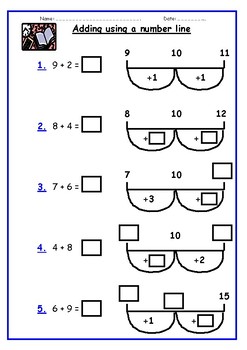Numberjacks is another video maths series which introduces concepts to children in an easy to understand way. Below is the link to sharing fairly which is early division. Once you’ve watched the video (or part of it), have a go at sharing objects out between yourself and someone else at home. This links to the Numberblocks videos and activities I shared last week.
https://www.youtube.com/watch?v=WeXTDYS3E-4&list=PLE9pMcf1Eun_YzZvFT2lYvIrxS-ZMdcm7&index=32
Here are some word problems you can all try. Remember in class we have used objects or we have drawn a picture to help us solve a problem. Hexagons and Octagons could then try to record it as a number sentence with the division symbol.





